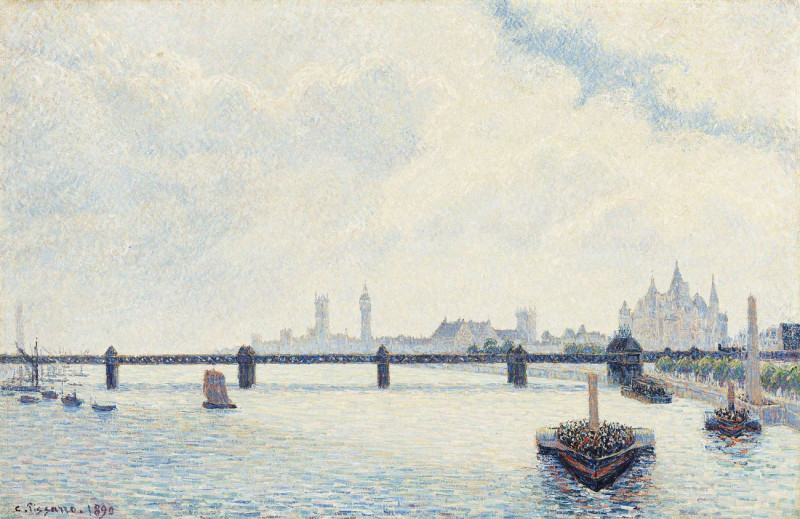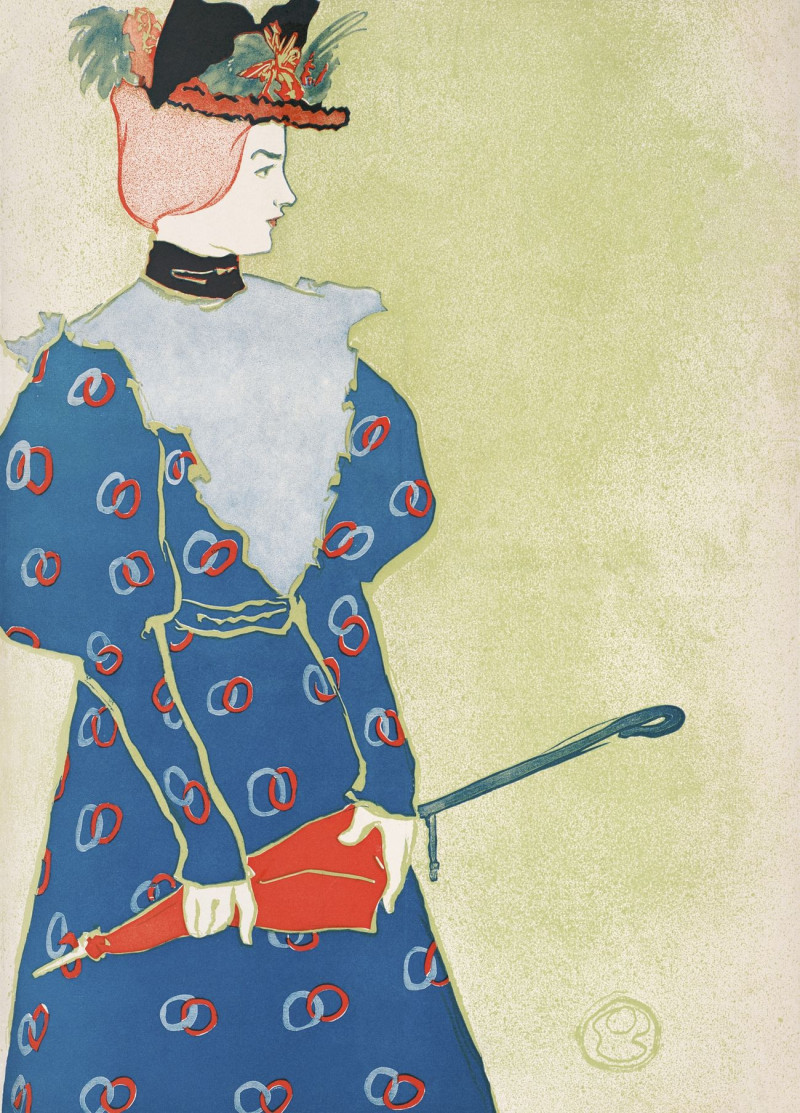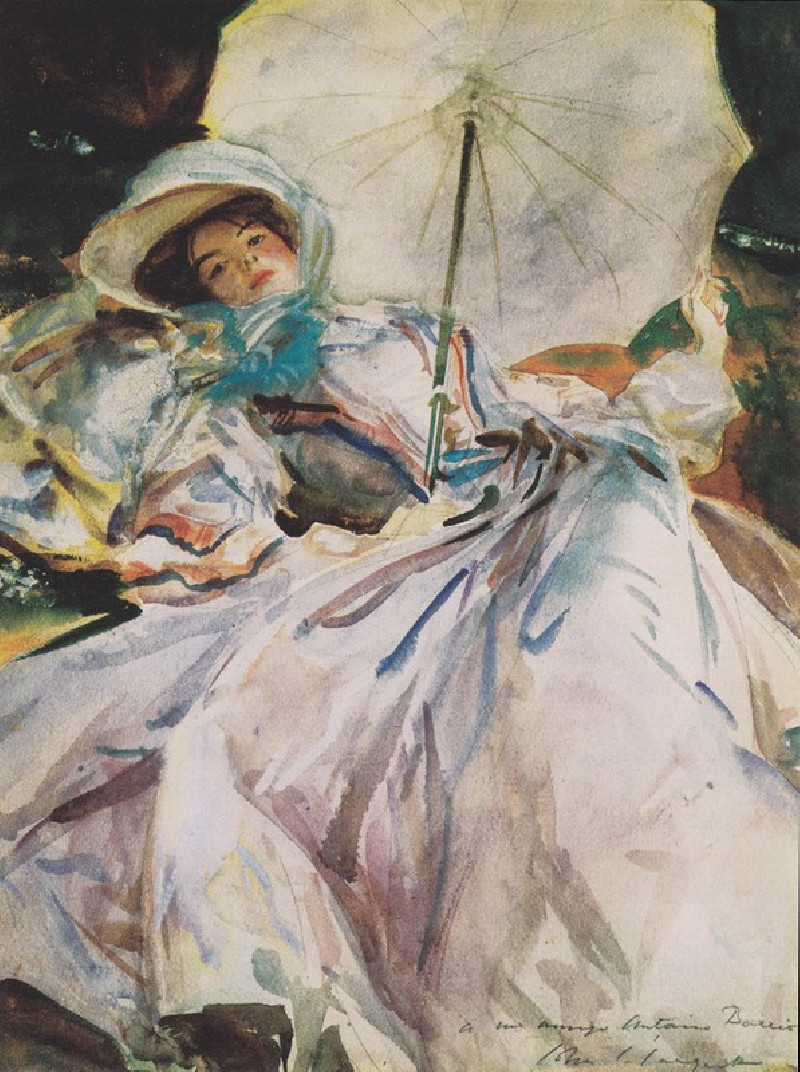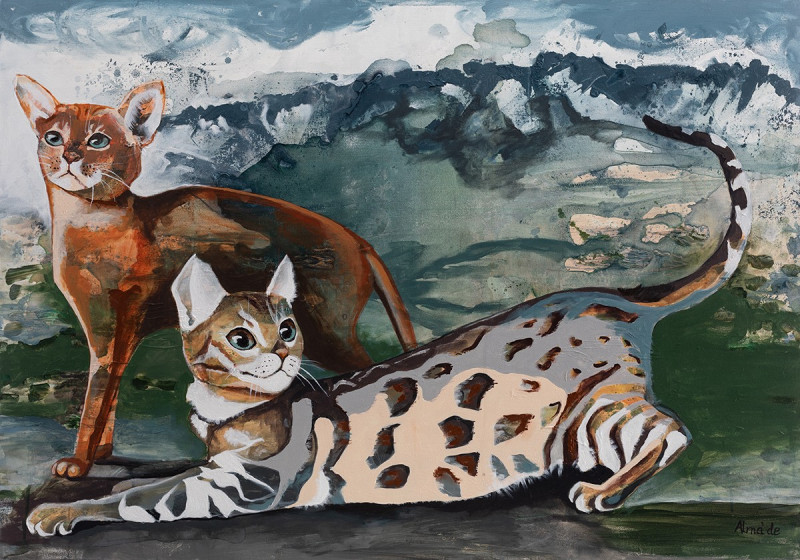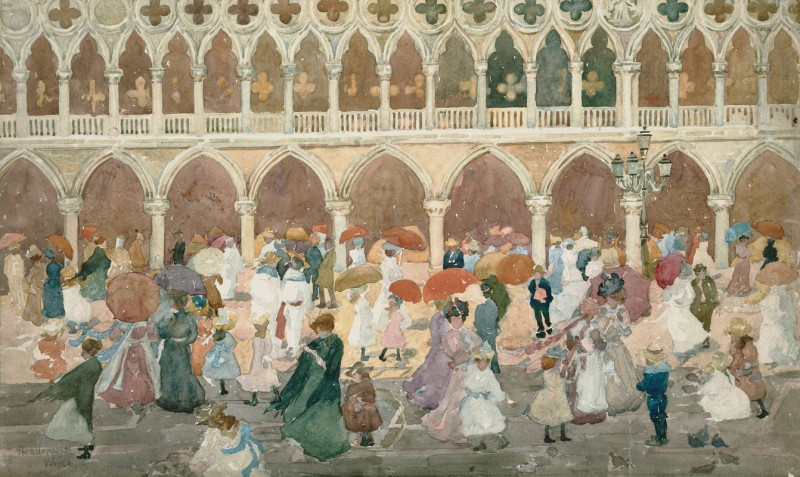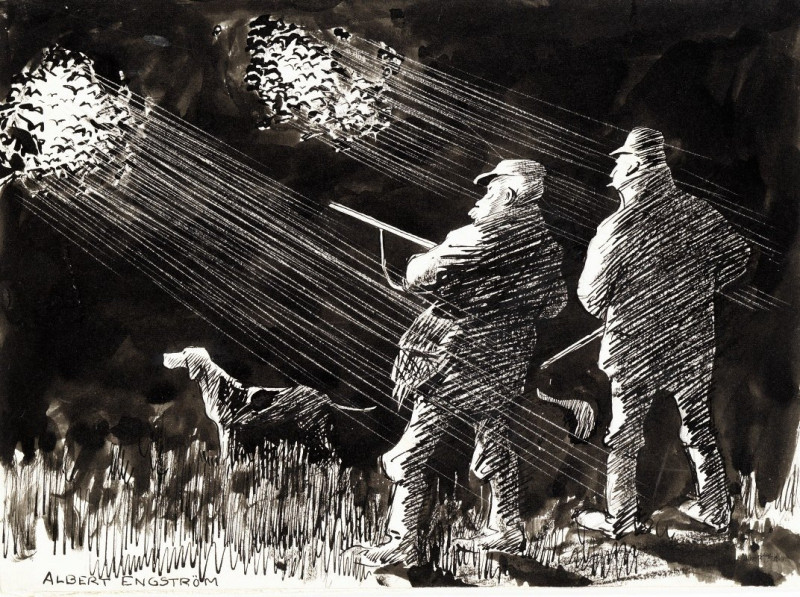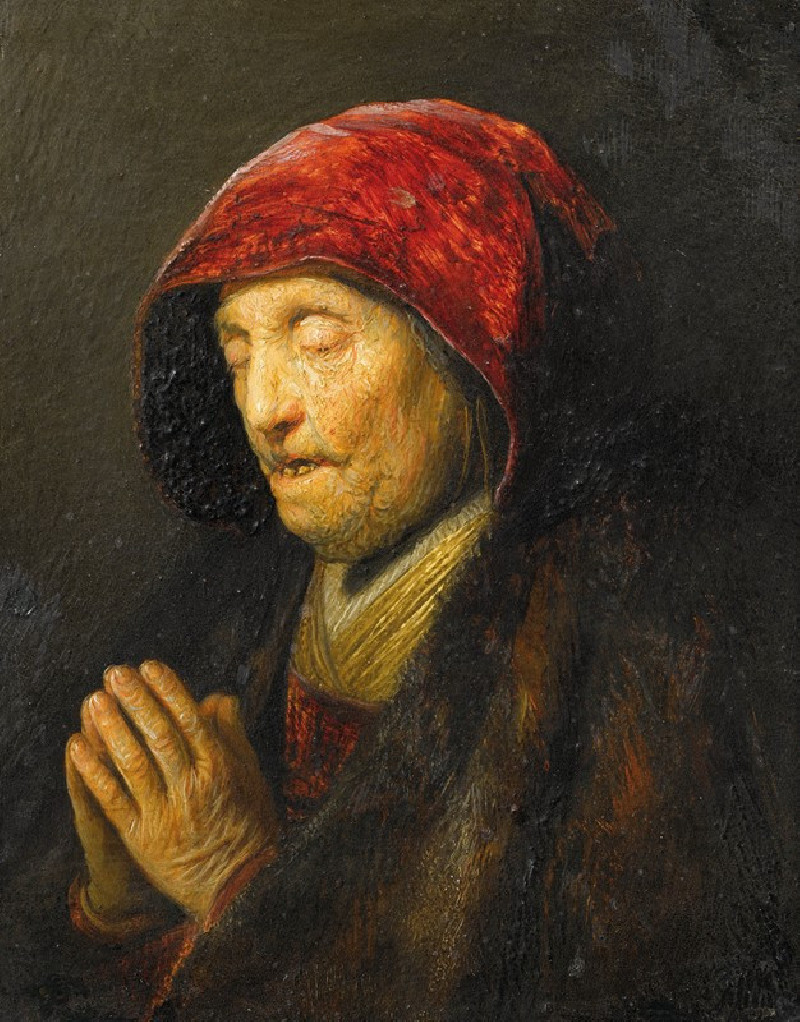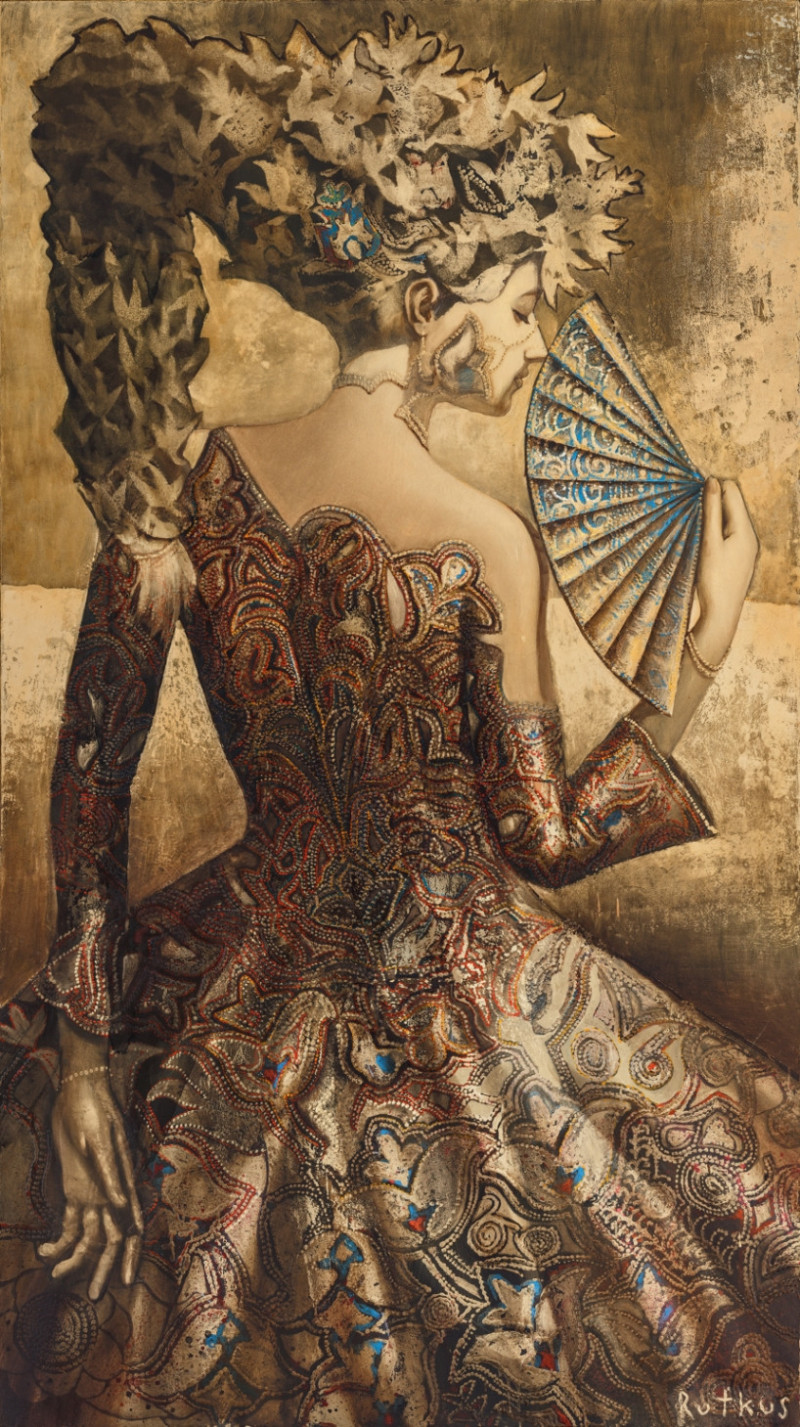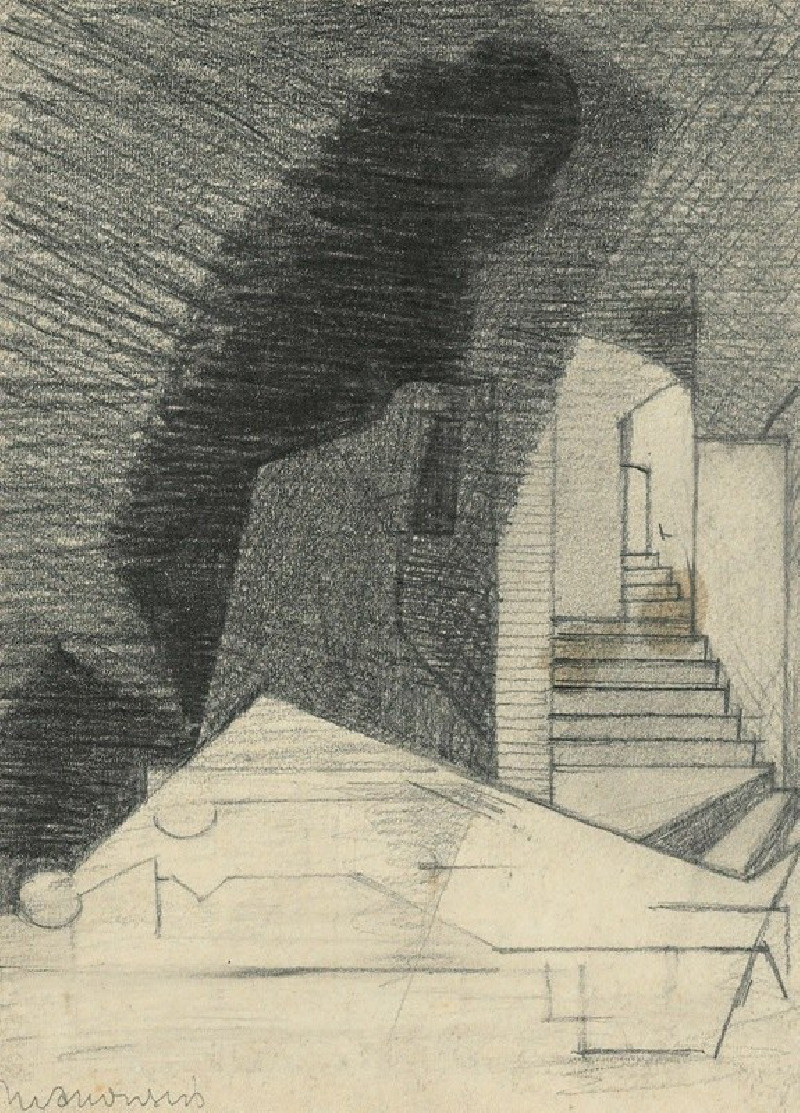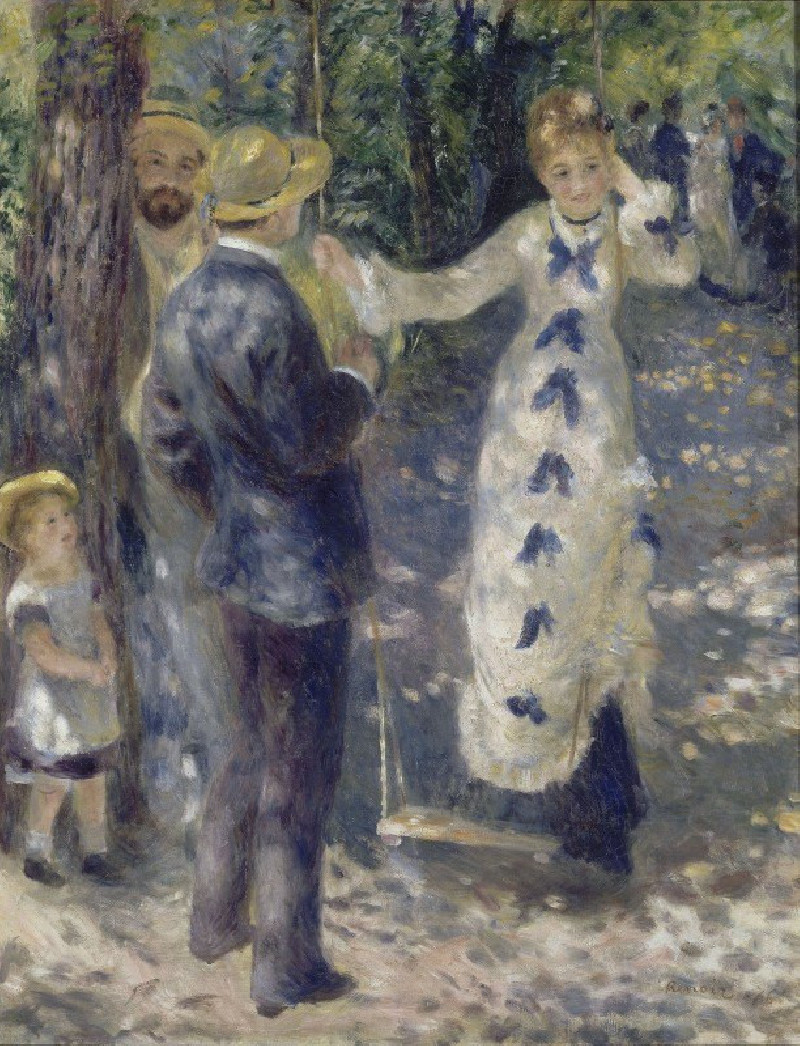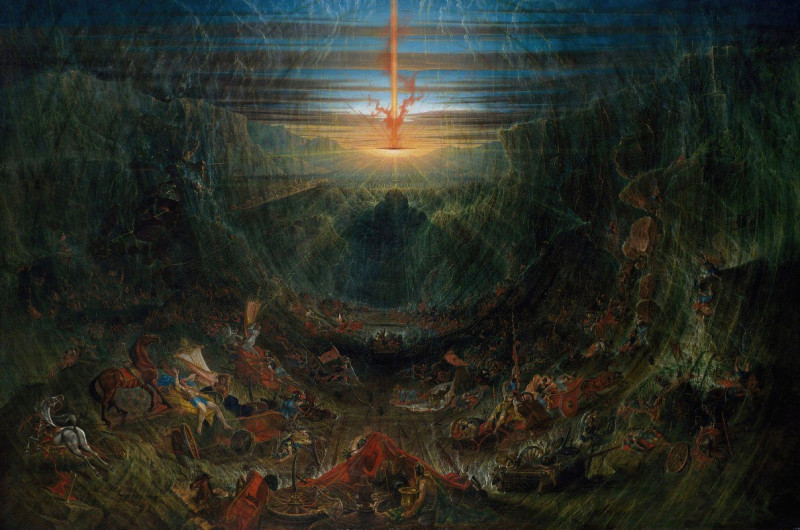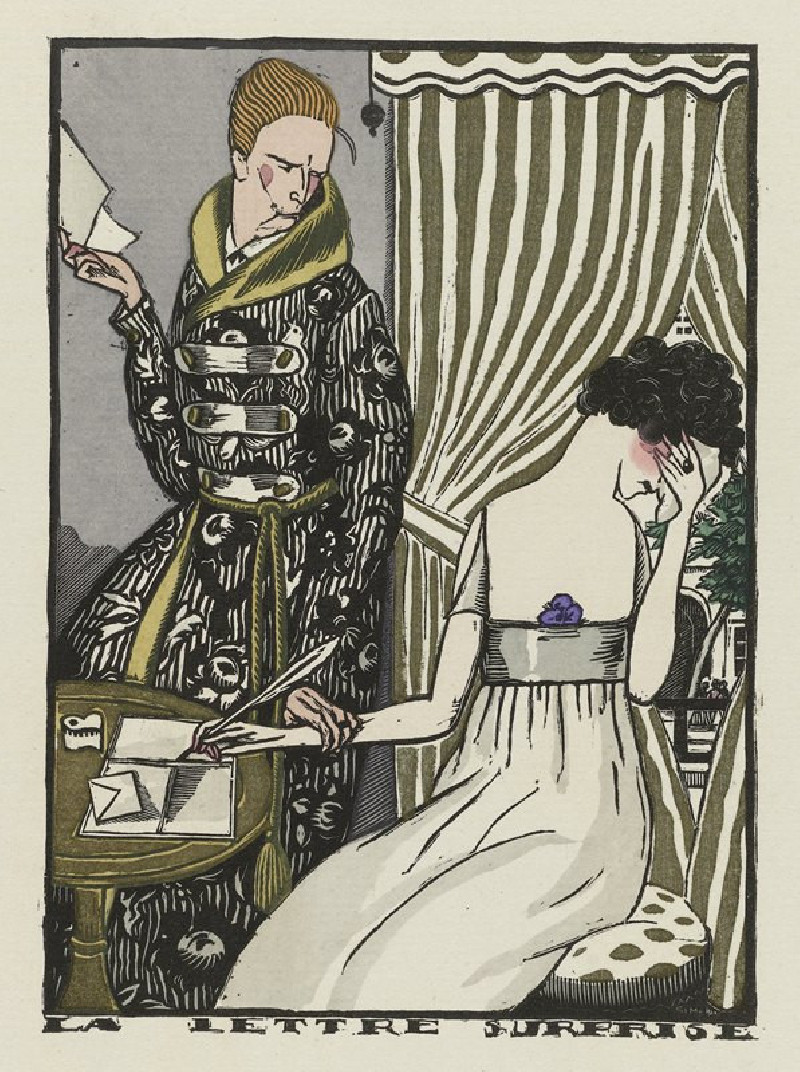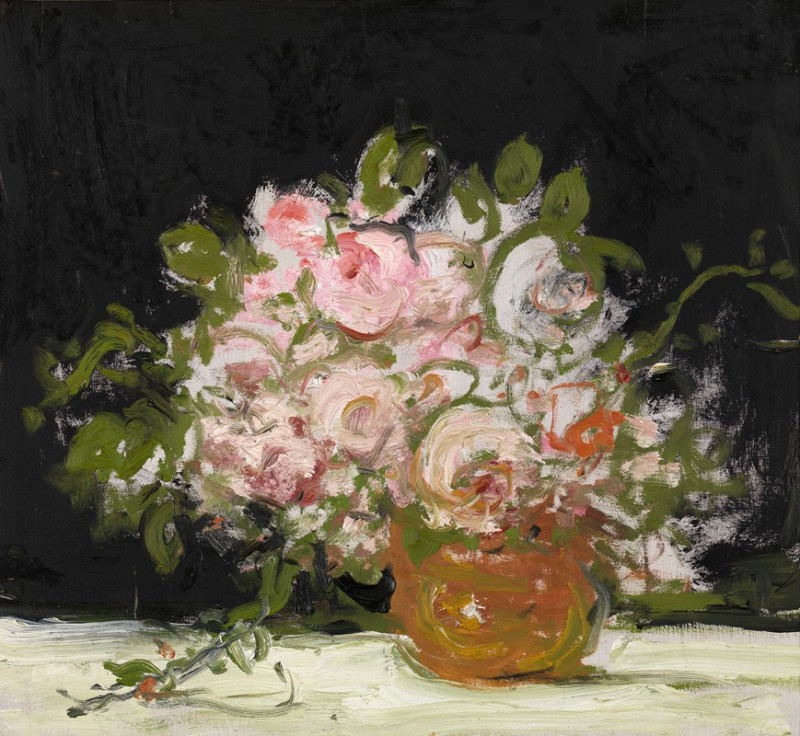Charing Cross Bridge, London
Technique: Giclée quality print
Recommended by our customers
More about this artwork
This painting "Charing Cross Bridge, London" by Camille Pissarro, depicts a serene, yet lively, view of the Thames River flowing under Charing Cross Bridge. Completed in 1890, the artwork is a brilliant example of the Impressionist style that Pissarro was renowned for. The composition captures a typical cloudy London sky, rendered in soft, muted tones that convey a diffuse light scattering across the scene.The bridge itself is in the middle ground of the painting, stretching across the river and lined with figures that, although only loosely defined, add a sense of scale and activity. The river is animated with several boats, including a prominently placed barge filled with what appears to be a pile of flowers or cargo, suggesting the bustling commercial life of the Thames.In the background, iconic silhouettes of London architecture can be discerned, including what resembles the towers of the Houses of Parliament and the outlines of other historic buildings, enveloping the scene in a nostalgic aura. Pissarro’s brushwork is visible in the textured surfaces of the water and sky, where he uses short, precise strokes to create a shimmering effect on the water, reflecting the light and contributing to the overall atmosphere of vitality and flux typical of a busy river in a major city.This painting not only showcases Pissarro’s masterful handling of light and texture but also captures a moment of everyday life in London, blending natural and urban elements seamlessly.
Delivery
Returns
Blessed are they who see beautiful things in humble places where other people see nothing. — Camille Pissarro
Camille Pissarro (1830-1903) was born on St.Thomas (now the US Virgin Islands) to a Portuguese father and a Dominican mother. He went to Paris to study art at Ecole des Beaux-Arts. He was an early pioneer of pointillism and neo-impressionism and later became a mentor of many famous impressionist painters including Cezanne, Manet, Renoir, and Gauguin. His paintings depicted rural and urban French landscapes and lifestyle. Many of his works politically captured images of peasants and laborers. Today, he is considered the father of impressionism.

